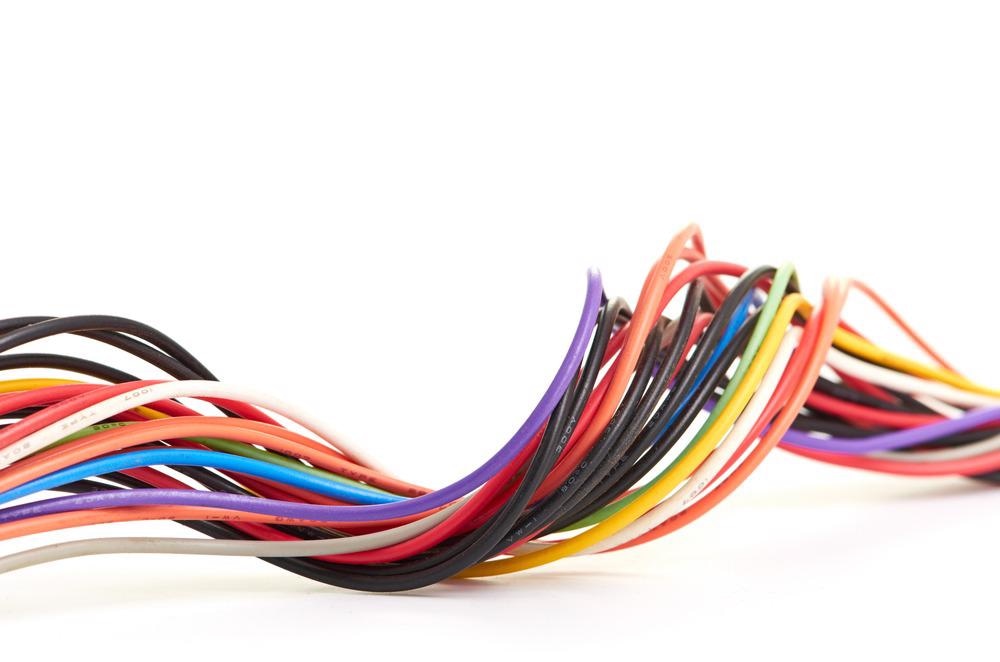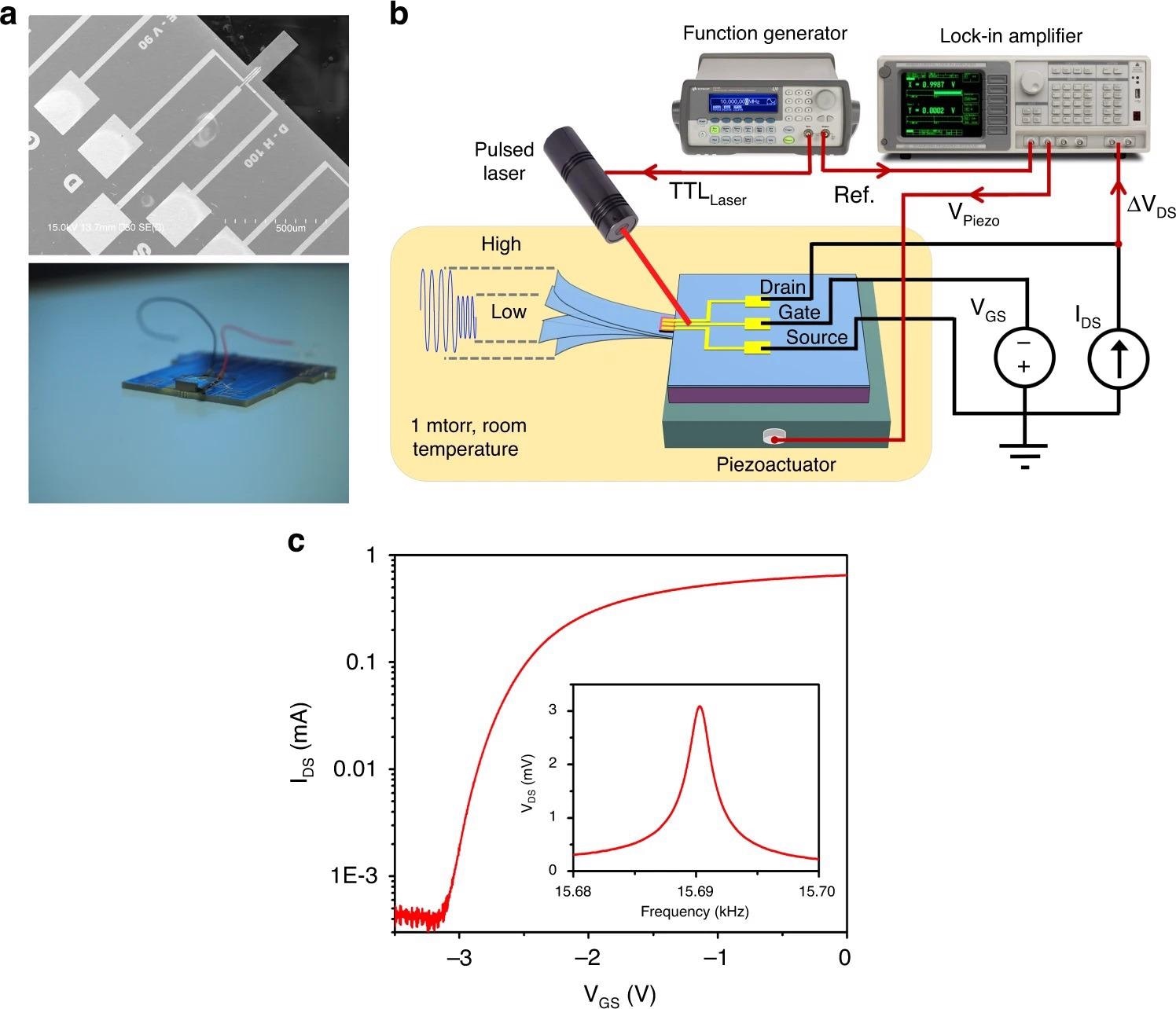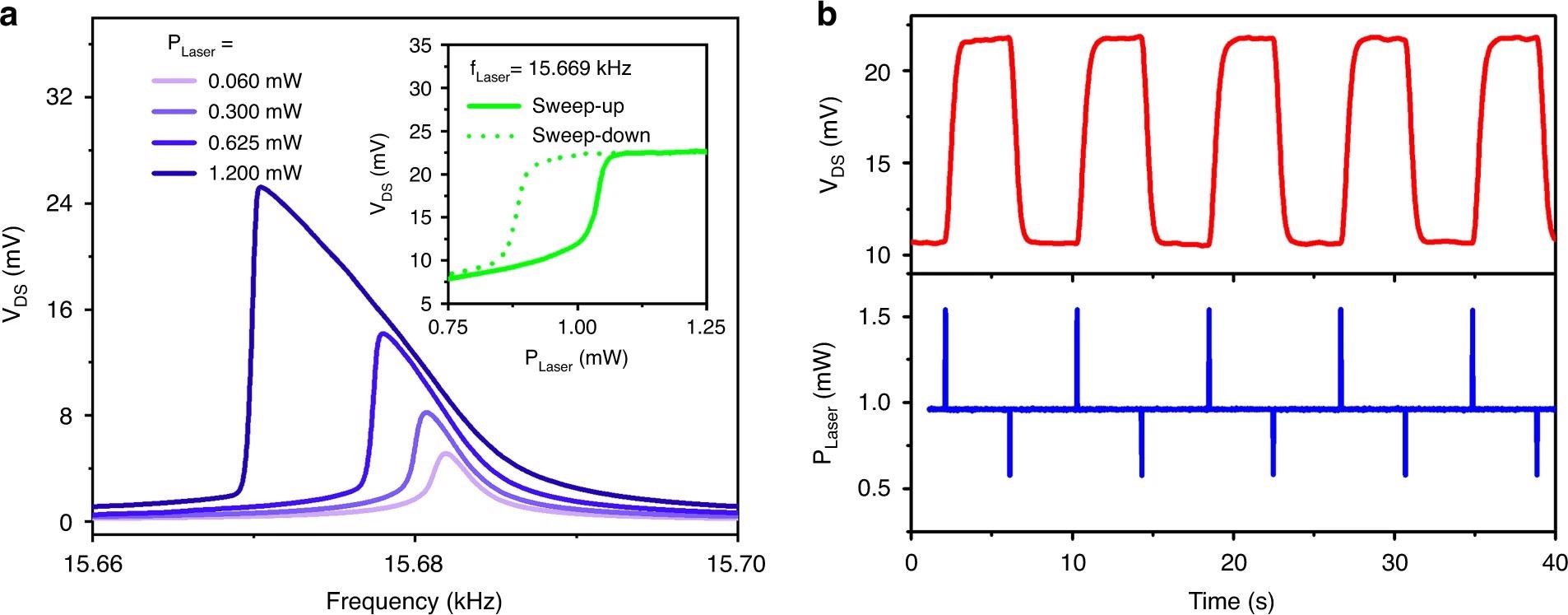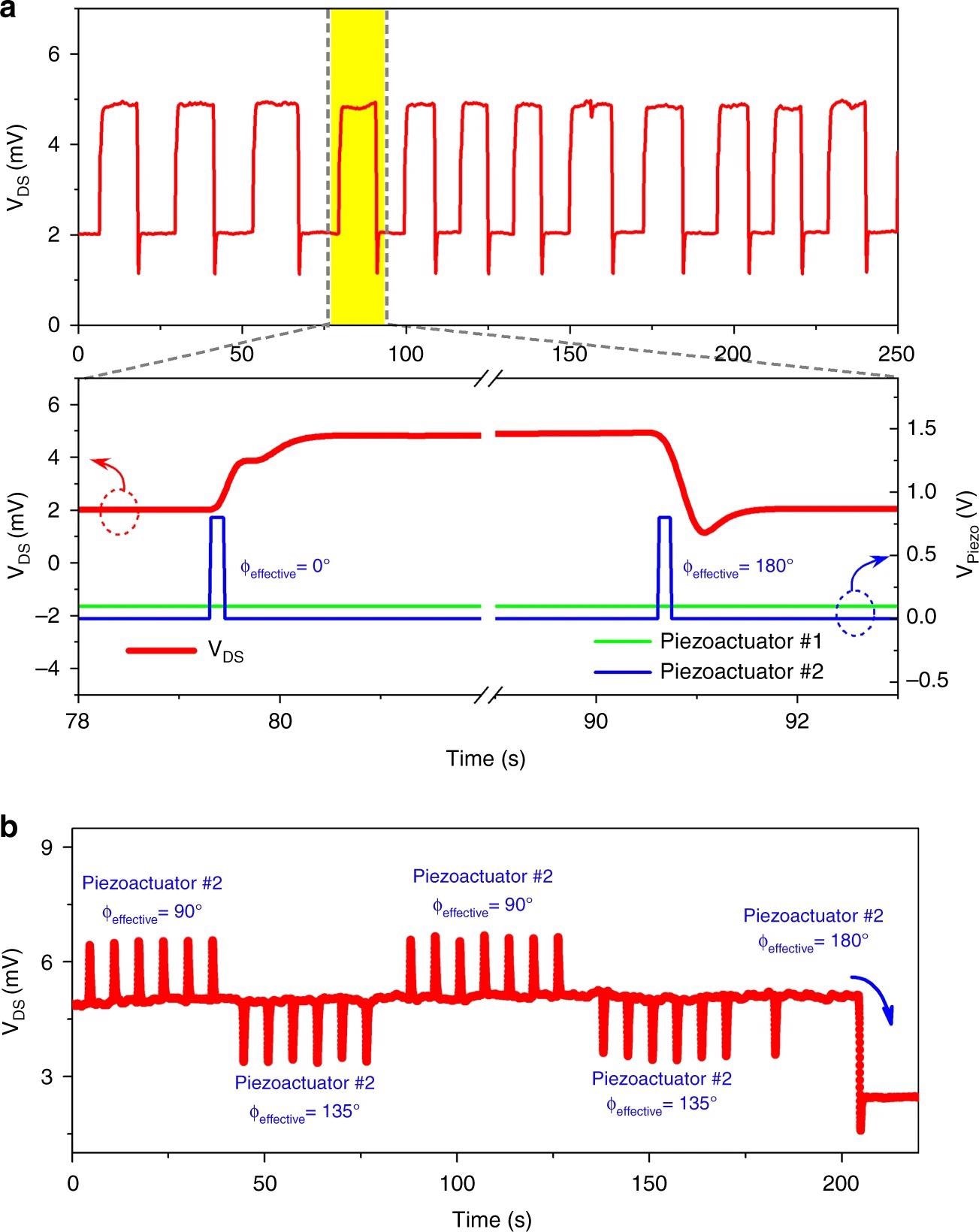In a study published recently in the journal of Microsystems & Nanoengineering, the use of the variational oscillatory system of GaN microcantilevers with integrated piezotransistive AlGaN/GaN nanostructure field-effect transistors as high-sensitivity deflection transducers for extreme low mechanical memory processes was reported.

Study: Mechanical memory operations in piezotransistive GaN microcantilevers using Au nanoparticle-enhanced photoacoustic excitation. Image Credit: Nata-Lia/Shutterstock.com
With classical silicon-based transistor techniques advancing their basic shape and reduced power constraints in current history, physical memory and reasoning gadgets relative to conventional data processing have reawakened the attention of researchers.
Physical memory and reasoning gadgets have benefits such as the capacity in extreme conditions and the capacity to execute diverse logic functions in the same gadget.
MEMS & NEMS
The indicated cognition and reasoning processes using microelectromechanical systems (MEMS) and nanoelectromechanical systems (NEMS) are typically focused on their dynamical system behaviours caused by various factors like large strains and angular motion, model parameters, variational ductility, and geometrical resonances.
Modifying the rate or magnitude of the outer modes of vibration, for example, can be used to transform in between solid solutions.
Nonlinearity-based physical cognition and reasoning activities have been explored using a solitary emitter. Due to the physical oscillating essence of the memory element, they are all classified as physical recollection, irrespective of the illuminator.
Many of these vibrational methods necessitate complicated micro-machining procedures, or the extension of additional elements supply adequate activation, pressuring the mechanism to vibrate in the dynamical regime.

Figure 1. Experimental setup and characterization of GaN microcantilevers. a SEM image of the microcantilever (top) and photo of the piezo actuator attached underneath the microcantilever chip (bottom). b Schematic diagram of the experimental setup showing simultaneous piezo chip and photoacoustic excitation (using a pulsed laser) to switch cantilever states. c Electrical (IDS−VGS) and mechanical (resonance, inset) characteristics of a microcantilever with dimensions of 250 × 100 µm. The resonance frequency and the quality factor of the resonator are determined to be 15.690 kHz and 9600, respectively. © Bayram, F., Gajula, D., & Khan, D. (2022)
Methodology Applied
In this study, results of physical and mechanical memory processes using ultra-sensitive AlGaN/GaN heterojunction field-effect transistor (HFET)-embedded GaN microcantilevers powered by solitary and numerous outer vibrational channels were presented.
To convert microcantilever tip deformations into electronic pulses, an AlGaN/ GaN heterojunction field-effect transistor engrained at the cantilever bottom was used; thus, it is referred to as a "piezotransistive" microcantilever.
The transformation between the lower and higher solid solutions of the GaN microcantilevers in their inherent variational regime was conclusively achieved in the method of a solitary excitation signal by modulating the piezo servo subjectivity, laser beam position, or scanning speed.
In solitary excitation-based transitioning, experimental tests provided strong evidence that two separate vibrational supplies could be merged to swap between the two solid states of the lever arm using beneficial and harmful noise characteristics.
On the other hand, the piezo solenoid was used as the primary illumination source to vibrate the microcantilever in the bistable area, swapping among states was performed using a continuous wave laser-based supplementary (photoacoustic) activation.
Furthermore, after the accumulation of nanocomposite, the beam energy needed to transfer among states was lowered to extremely low stages, which significantly enhanced photothermal signal rate constants to plasmonic intake.

Figure 2. Memory operations using photoacoustic excitation by a pulsed laser at 520 nm. a Softening-type nonlinearities exhibited by the GaN microcantilever for different laser powers. The inset shows the hysteresis behavior at a frequency of 15.669 kHz. b Photoacoustic switching operations of the GaN microcantilever. A laser power of 0.9 mW was used to keep the cantilever in the bistable region, while differential power of 0.6 mW (up) and 0.4 mW (down) was used to make the transitions. Because of the softening-type intrinsic properties, all resonance curves in (a) were swept from high to low frequencies (sweep-down) © Bayram, F., Gajula, D., & Khan, D. (2022)
Results of the Study
The memory allocation process that uses switchable states in GaN piezotransistive microcantilevers operating in their inherent variational regime was illustrated for the first time.
An innovative multi-dimensional vibrational strategy encompassing a piezo motor and a beam exerting as direct and indirect illumination to conduct interference patterns depending on their stage partnerships was used to illustrate strengthening and loosening nonlinear effects in these struts and toggle among maximum and minimum oscillating states in the switchable regime.
Aside from the transition stage, variability was shown to be an alternate solution for performing repetitive swapping, which is distinctive to the photothermal technique among all other methodologies described in the literature.
The least power needed for dependable memory processes using supplementary photoacoustic activation was decided to be within a picojoule by plasmonic attenuation of the transmitter by Au nanoparticles accumulated near the deflection, which also contributed to many rises in photoacoustic frequency amplitude.
Whenever the swapping energy was normalized for cantilever weight and vibrational sampling rate, it was approximated to be among the cheapest identified so far for resonators of numerous aspects, vibrational types, and readout strategies.

Figure 3. Switching the microcantilever oscillatory states using constructive and destructive interference from two excitations. a Memory operations utilizing two identical piezo actuators when piezo actuator #1 was attached directly under the microcantilever, while piezo actuator #2 was positioned ~2 cm away from the microcantilever. Piezo actuator #1 (15.974 kHz, 100 mV) was used to maintain microcantilever oscillations in the bistable region, while piezo actuator #2 (15.974 kHz, 800 mV) was employed to change the cantilever’s current state. To magnify the surface acoustic wave reaching the microcantilever to switch from the low state to the high state, the effective phase of the bias applied to the second piezo chip (φeffective) was set as 0° relative to the first piezo actuator signal. To reset the cantilever state, an effective phase of 180° relative to the first piezo actuator signal was employed. b Effects of the different effective phases of the piezo actuator #2 bias on the cantilever current state. The signals with 90° and 135° effective phase differences did not change the cantilever status from the high oscillatory state, as the differential excitation energy was not enough to enable phase transition. © Bayram, F., Gajula, D., & Khan, D. (2022)
Reference
Bayram, F., Gajula, D., & Khan, D. (2022). Mechanical memory operations in piezotransistive GaN microcantilevers using Au nanoparticle-enhanced photoacoustic excitation. Microsystems & Nanoengineering. Available at: https://www.nature.com/articles/s41378-021-00330-6#citeas
Disclaimer: The views expressed here are those of the author expressed in their private capacity and do not necessarily represent the views of AZoM.com Limited T/A AZoNetwork the owner and operator of this website. This disclaimer forms part of the Terms and conditions of use of this website.